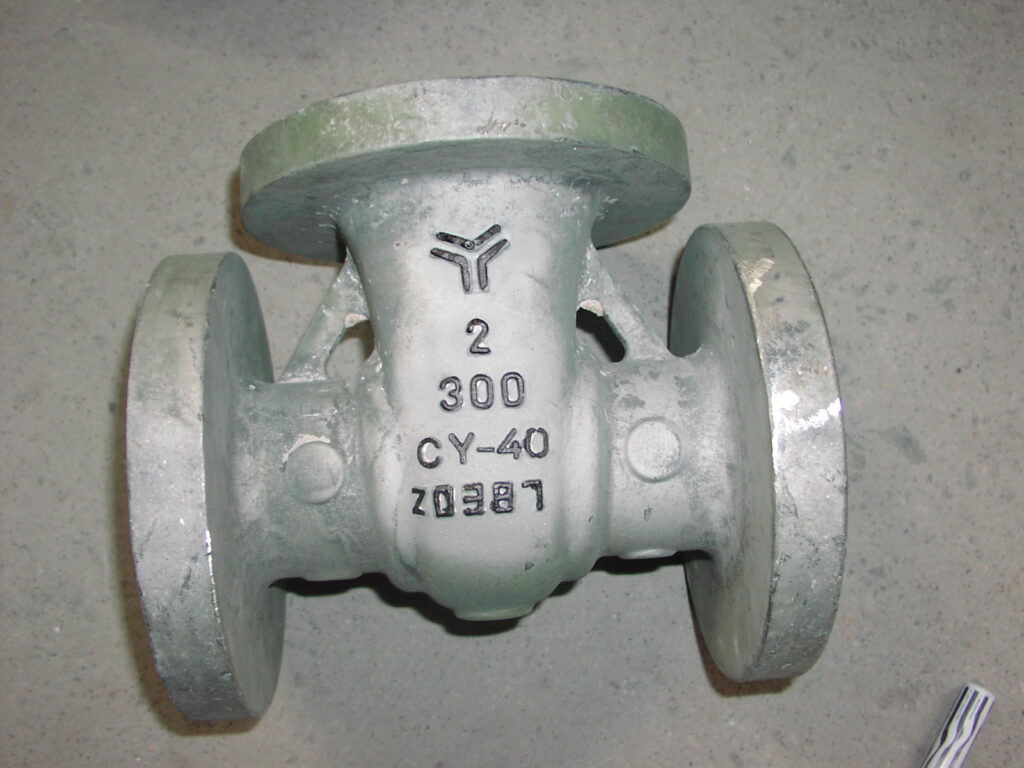
Inconel is a nickel-chromium super alloy, intended for use in the most demanding environments possible. It comes in several compositions, each one tailored for resistance to certain types of corrosion or other stressors. All varieties of Inconel, though, offer supreme resistance to both high temperatures and pressures, which is what makes them such a complete fit for challenging industries, like the oil & gas and aerospace fields. And though Inconel is primarily fabricated with common metals like iron and silicon, it also includes some rare elements, such as niobium.
As such, it’s important to recycle the alloy when possible to ensure those valuable materials don’t go to waste. The primary obstacle to recycling Inconel is that it is usually built into things that are hard to process, like spacecraft, automobiles or large engines. Fortunately, metal recycling experts that have experience working with industrial clients can overcome this obstacle because they have the equipment and experience to do so.
The Chemistry of Inconel
Inconel is an oxidation and corrosion resistant super alloy, offering strength and durability in nearly every aspect. This is largely due to the alloy’s composition, which borrows from several metals to create a sum that has all of the strengths and none of the weaknesses of its constituents.
As such, Inconel’s composition is extremely important to its identity, and there are several varieties of the alloy to compensate for different environments. Some of those compositions include:
- Inconel 600 – Inconel 600 is 72 percent nickel, 14-17 percent chromium, 6-10 percent iron, 1 percent manganese, .5 percent copper, .5 percent silicon, .15 percent carbon and .015 percent sulfur. Inconel 600 offers strong impact strength at room temperature and at very low temperatures, with practically no brittleness setting in at low or high temperatures. Given its strength at high temperatures, it is found in furnace and heat treating applications, serving in the form of muffles, belts, hearths and retorts.
- Inconel 617 – Inconel 617 is 44-56 percent nickel, 20-24 percent chromium, 3 percent iron, 8-10 percent molybdenum, 10-15 percent cobalt, .5 percent manganese, .5 percent copper, .8-1.5 percent aluminum, .6 percent titanium, .5 percent silicon, .15 percent carbon, .015 percent sulfur, 0.015 percent phosphorus and .006 percent boron. Inconel 617 maintains excellent strength and oxidation resistance at extremely high temperatures, even up to and beyond 1800 degrees Fahrenheit. This makes it a clear choice in several applications, including gas turbines, ducting, combustion cans and transition liners found in aircraft. It also possesses characteristics that are ideal for all types of power plants.
- Inconel 625 – Inconel 625 is 58 percent nickel, 20-23 percent chromium, 5 percent iron, 8-10 percent molybdenum, 3.15-4.15 percent niobium, 1 percent cobalt, .5 percent manganese, .4 percent aluminum, .4 percent titanium, .5 percent silicon, .1 percent carbon, .015 percent sulfur and .015 percent phosphorus. Inconel 625 is of particular interest to the aerospace, chemical processing and power industries, owning to its excellent tensile, creep and rupture strength, along with strong fatigue and thermal fatigue strength.
- Inconel 690 – Inconel 690 is about 60 percent nickel, 30 percent chromium, about 9 percent iron, .35 percent manganese, .01 percent copper, .02 percent aluminum, .35 percent silicon, .02 percent carbon and .003 percent sulfur. It is highly resistant to a number of oxidizing acids and salts. It is found in nuclear reactors, where it is fitted for piping and separators.
- Inconel 718 – Inconel 718 is 50-55 percent nickel, 17-21 percent chromium, 2.8-3.3 percent molybdenum, 4.75-5.5 percent niobium, 1 percent cobalt, .35 percent manganese, .2-.8 percent copper, .65-1.15 percent aluminum, .3 percent titanium, .35 percent silicon, .08 percent carbon, .015 percent sulfur and .015 percent phosphorus. Inconel 718 is useful in a huge temperature range, from -423 degrees to 1300 degrees Fahrenheit. That’s near absolute zero. It is a cooperative alloy to work with, and can be fabricated quickly and into a range of components. Because of this, it is normally incorporated into larger runs of small components, such as rings, casings and formed sheet metal parts for aircraft and spacecraft.
- Inconel X-750 – Inconel X-750 is 70 percent nickel, 14-17 percent chromium, 5-9 percent iron, 0.7-1.2 percent niobium, 1 percent cobalt, 1 percent manganese, .5 percent copper, 0.4-1 percent aluminum, 2.25-2.75 percent titanium, .5 percent silicon, .08 percent carbon and .01 percent sulfur. Inconel X-750 is selected for its oxidation and corrosion resistance, along with its impressive strength at extremely high temperatures. It is also sturdy enough to retain its strength at cryo temperatures as well. This composition is most often found in gas turbines and airframes.
Recycling Inconel
Inconel is not something the average scrapper can deal with. It is only found in a few sources, and is typically located in places that take extensive effort to reach. More confounding, though, is identifying the alloy. To the naked eye, it looks like any other metal, and there’s nothing about it in terms of weight or feel that would give it away. Industrial scrappers may be able to identify it based on their past experience, but some rely on advanced methods, like x-ray fluorescence analyzers to determine the exact composition of the material.
Scrap Inconel is most often found in decommissioned aircraft and spacecraft, in gas turbines and power plant equipment, and in industrial boilers and hearths. In short, a lot of items that take special knowledge to deal with. That’s why facilities and boneyards should rely on experienced industrial metal recyclers to handle their materials. It will take an experienced firm to promptly identify and remove burdensome loads of metal.
There is great value in ensuring Inconel is recycled and its component metals are put back into industry. Niobium, for example, is exceptionally rare and only found in a couple places.
With the insight and manpower that an industrial metal recovery expert offers, they make a natural partner to businesses that have excessive, yet valuable, metal waste.
